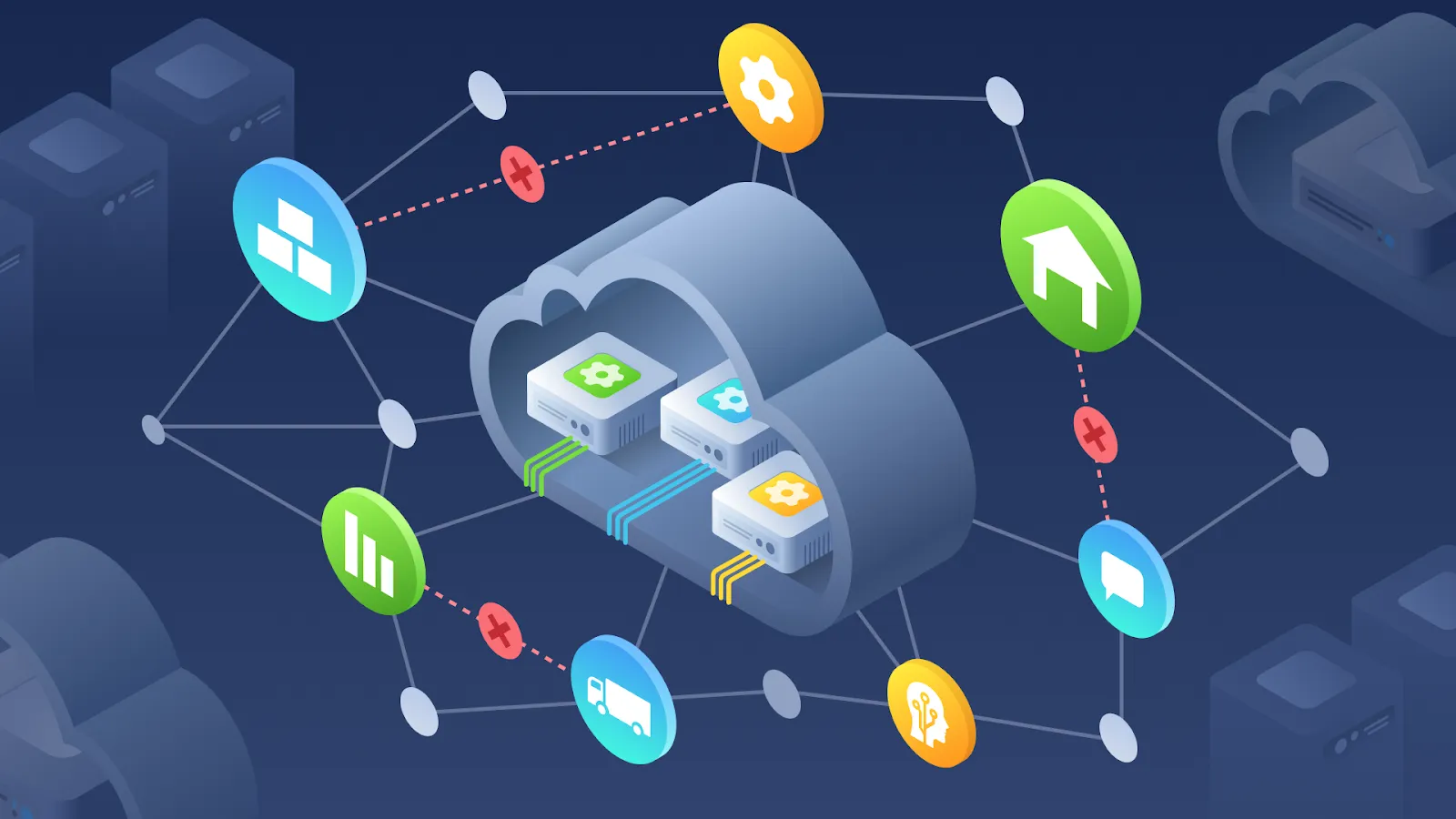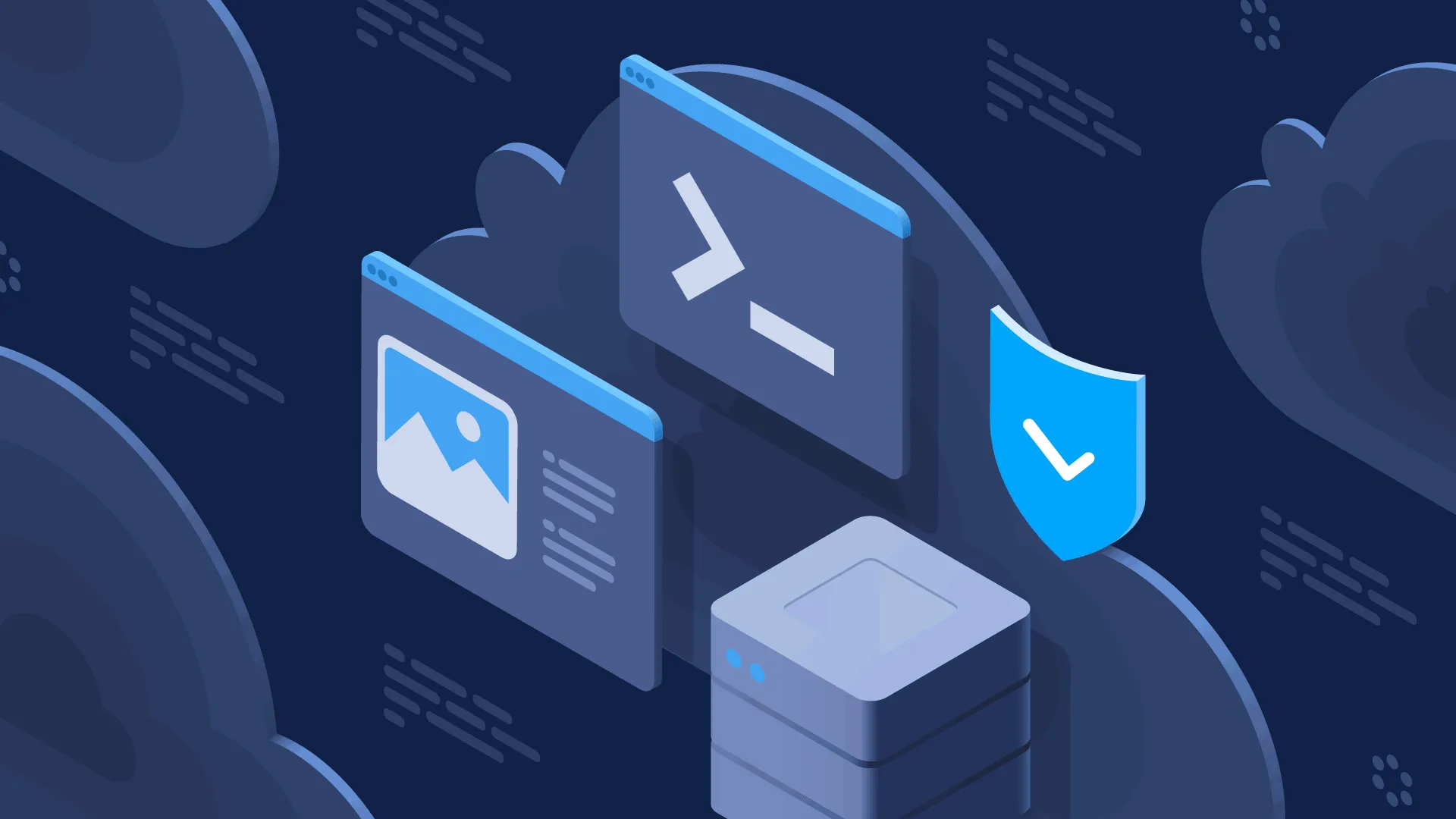Today, companies intend to do more with less, become more efficient, and drive innovation. Thus, numerous B2B SaaS (software-as-a-service) products are constantly emerging, which is a great time for selling such software. For example, BetterCloud reports that “by 2025, 85% of business apps will be SaaS-based.” Meanwhile, Gartner says the “SaaS industry is worth more than $195 billion.”
These numbers prove that many businesses experience a paradigm shift as they become more virtually driven. So, the demand for SaaS tools is growing, covering all industries. But at the same time, developing robust B2B SaaS software for targeted companies brings many challenges caused by business needs. Below, we will explore some of the most crucial ones in detail and propose how you can overcome them appropriately.
Top 6 Common Challenges of B2B SaaS Products to Consider
Although the number of such challenges is significant, we have decided to focus only on the most widespread issues. They are represented as a set of commonly required non-functional and functional requirements to the most of B2B SaaS products.
Challenge 1. High Availability
The world of B2B SaaS products is dynamic, and more and more businesses use digital solutions to support their operations. So, the need for uninterrupted services has become a tremendous challenge. That is because high availability, as the core of software reliability, is a critical obstacle requiring meticulous attention.
- Round-the-Clock Operational Demands. B2B SaaS products operate in relevant ecosystems where downtime is much more than a simple inconvenience; it may become a business disaster. Thus, they must be available 24/7, satisfying the needs of a global user base in various time zones. The increasing demand for constant operation provokes immense pressure on systems and infrastructure.
- Negative Impact of Downtime. The consequences of downtime are multifaceted and severe. Apart from financial losses, they can affect the company’s reputation and customer loyalty. Nowadays, there are lots of available alternatives in the market, so even minor availability issues can provoke clients to switch to other competitors.
- Complicated System Interdependencies. Sometimes, high availability issues are associated with interdependencies with current SaaS architectures. For instance, a single point of failure may trigger significant disruptions (no matter whether in hardware, software, or network components). Moreover, identifying and addressing the relevant vulnerabilities needs a complex understanding of all dependencies.
How to Address the Challenge:
Mitigating the particular challenge depends on the appropriate strategic planning that requires more than immediate fixes. This process covers predicting possible points of failure, performing potential risk assessments, and developing resilient systems that can cope with unforeseen disruptions. Therefore, such a complex task needs a detailed system design and maintenance approach.
Challenge 2. Backups
The second crucial challenge in the B2B SaaS industry is the necessity of robust information backups. Since organizations increasingly move their business operations to the cloud, protecting against data breaches, leaks, or losses may become a great issue with long-term negative consequences.
- Data as the Core. When it comes to the digital landscape, the information should be considered the lifeblood of B2B SaaS products. Thus, you should treat client data, transaction records, and operational datasets not as simple assets. All of them are essential business components that drive functionality and promote decision-making. Meanwhile, potential data-related issues caused by system failures, human errors, or malicious attacks can pose significant risks to your company’s performance.
- Impact of Data Loss. Information losses are severe threats to business continuity, affecting relationships with clients, compliance with regulatory standards and laws, and the overall integrity of operations. Besides, that can destroy trust and reputation and lead to financial repercussions you will suffer even after initial incidents.
- Data Ecosystem Dynamics. The challenge of information backups is often associated with the complexity of data ecosystems. After all, B2B SaaS products can depend on different interconnected datasets distributed through many servers and locations. So, an efficient backup strategy requires a deep knowledge of relevant connections to ensure the successful protection of your data assets.
How to Address the Challenge:
Conducting frequent backups can help mitigate the risk of potential data loss. However, you should execute them without disrupting your ongoing operations. Moreover, companies must proactively evaluate their information vulnerability, develop recovery protocols, and perform regular testing to validate the effectiveness of their backup systems.
Challenge 3. Complex Security and Permissions Model
In the realm of B2B SaaS products, guaranteeing the confidentiality, integrity, and availability of sensitive information is essential. Thus, you must have a thorough and nuanced approach to provide access for authorized users and safeguard data against unauthorized entries. So, the challenge is to create a user-friendly system for legitimate users and inaccessible for those without appropriate authorization rights.
- Granularity & Precision. Implementing these two concepts adds some complexity to this challenge. That is because various roles within your company need different access levels to information and functionalities. Here, a one-size-fits-all approach is not a panacea. Instead, a well-tuned security and permissions model should meet users’ diverse needs and responsibilities.
- Changes in User Environments. Your security infrastructure must adapt seamlessly according to employee roles, team evolution, and company growth changes. Thus, you have to ensure that all permissions align with the constantly changing landscape by providing regular monitoring, evaluation, and adjustment activities.
- Rules & Regulations. Following industry-specific regulations or other general data protection laws, like GDPR and CCPA, is vital for a robust security and permissions model. You must design a particular system not only to protect information but also to adhere to necessary legal frameworks that govern the handling of sensitive data.
How to Address the Challenge:
Resolving this issue requires a complex approach that satisfies the needs of all users, quickly adapts to organizational changes, follows compliance guidelines, and offers a user-friendly interface. That will allow your company to foster trust, guarantee data integrity, and build a digital fortress against possible data breaches.
Challenge 4. API Interfaces
Application Programming Interfaces (APIs) serve as the conduits used by different software systems for communication. They enable seamless information exchange and functionality integration. However, the challenge is to ensure that besides being connectors, APIs should be robust, secure, and adaptable enough to complicated digital architecture.
- Interoperability Issues. Organizations often utilize numerous applications, all with their unique functionalities. Therefore, API interfaces play a central role in achieving interoperability, allowing various systems to work in harmony. However, you must know how to establish and maintain them effectively to facilitate smooth communication without compromising security and data integrity.
- Security Concerns and Vulnerabilities. APIs can produce many security-related challenges because of the data flowing through them. Guaranteeing its confidentiality and integrity during the transition process and protecting the information against unauthorized access is essential for the B2B SaaS industry.
- Scalability & Performance Optimization. Depending on the user base expansion and data volume growth, API interfaces must handle increasing demands without affecting performance. So, you need to find the right balance in designing interfaces that can scale easily while maintaining responsiveness simultaneously.
How to Address the Challenge:
In this case, companies should implement robust authentication mechanisms, encryption protocols, and access controls to protect their API interfaces against future vulnerabilities. Besides, developers within various teams must follow clear, well-documented guidelines that allow for integrating and interacting with APIs successfully.
Challenge 5. Legacy Integration Support
Unfortunately, multiple businesses still depend on the established systems and techs that are often outdated. So, they find it incredibly challenging to integrate new-age SaaS tools with their existing legacy infrastructure and ensure a seamless coexistence of both.
- Preserving Investments in Infrastructure. Companies may invest significant costs in legacy systems for years, especially in their development, customization and data accumulation. Thus, preserving your investments while implementing up-to-date SaaS products is difficult.
- Interoperability through Tech Eras. Each legacy system may have its unique architecture and depend on the particular tech stack, which poses distinct interoperability risks. In turn, that also requires harmonizing different tech eras.
- Diverse Legacy Environments. Modern businesses can use multiple technologies, databases, and infrastructures over time. So, proper legacy integration support involves crafting a thorough strategy to eliminate the tech gaps that may compromise the functionality and value provided by your current system.
How to Address the Challenge:
Legacy integration support requires customization to deal with all the unique features of all legacy systems. It also means that you need a forward-looking approach to the possible integrations with constantly evolving and emerging technologies. To implement such an approach, you must ensure more than tech proficiency. Understanding the company’s historical tech landscape is essential to developing a strategic vision for your digital future and guaranteeing enough flexibility to adapt to the new legacy systems.
Challenge 6. Compliance
The current tech era has data protection laws, industry-specific rules, and a clear focus on information privacy. Unfortunately, many businesses from different market sectors have issues ensuring that their B2B SaaS products adhere to the web of compliance standards.
- Industry-Specific Legislation. Healthcare, finance and banking, manufacturing, and many other sectors have specific compliance standards to govern the handling and processing of crucial data. So, the challenge for B2B SaaS products is meeting all industry-specific rules while providing the proper functionality and bringing value to the user base.
- Adoption of Security Measures. Besides data privacy, you should learn about the broader scope of security measures to protect your B2B SaaS product and maintain customer trust. For instance, there is a need to adopt powerful security protocols and encryption algorithms to safeguard critical information during its transfer and storage.
- Regular Audits & Reporting Mechanisms. Compliance also means performing detailed frequent audits and implementing reporting mechanisms. An efficient B2B SaaS product must generate comprehensive reports that cover user activities, data access, and various changes within a system. Therefore, the challenge is designing a system that will accurately capture and present such data.
How to Address the Challenge:
First, meeting compliance requirements requires an appropriate understanding of the security measures established by different local and global regulatory bodies. That is especially vital when your B2B SaaS product deals with cross-border data transfers. Also, you must provide mechanisms to stay updated with changes in rules, policies and procedures in the evolving legal realm and mitigate relevant risks. By doing it reliably and responsibly, your company will promote trust among clients and stakeholders.
Final Thoughts
To conclude, the SaaS industry has been demonstrating remarkable growth during recent years. Moreover, it will continue to evolve because of the appearance of new technologies and trends. Although there are many critical challenges around B2B SaaS products that companies may face, including data backups, API interfaces, and compliance, they should be ready to address them. That will allow for delivering significant value to the clients.




